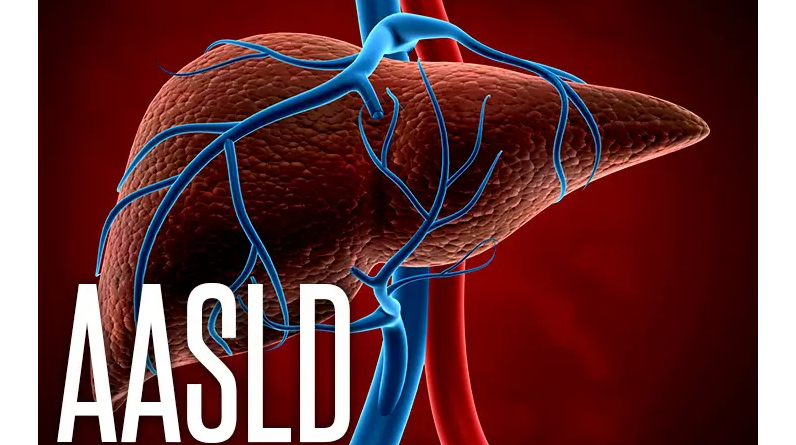Background
About a third of the world’s population suffers from metabolic-associated fatty liver disease (MAFLD), characterised by an abnormal accumulation of lipids in the liver. Unfortunately, there are currently no FDA-approved pharmaceutical treatments for MAFLD, so lifestyle interventions are the primary method of weight management treatment.
Unfortunately, this method is only successful for about a third of MAFLD patients. Therefore, new approaches have emerged to treat MAFLD, including pharmacotherapy, dietary interventions, and bariatric surgery.
There is evidence that following a Mediterranean diet that emphasises healthy fats like omega-3 and monounsaturated fats while cutting back on carbohydrates can help you lose weight and prevent fat from being produced in the liver. Furthermore, it has been shown to ameliorate liver injuries in fatty liver diseases, lessen insulin resistance, and lessen fat accumulation in the liver. Moreover, the number of helpful gut microbiota might increase if you eat a diet high in fibre.
Clinical trials of the weight loss drug orlistat have shown promising results in reducing liver steatosis in obese adults with nonalcoholic fatty liver disease. Orlistat has the potential to be an effective nutritional therapy for MAFLD, but comparative studies with other approaches are needed.
Study background

Patients with MALFD who had been diagnosed with the help of an MRI-based proton density fat fraction (MRI-PDFF) analysis participated in this open-label, prospective, single-center study. Participants had to be between the ages of 18 and 60, have a BMI of at least 25 kg/m2, and not have lost more than 3% of their body weight due to self-lifestyle interventions in order to be included.
Certain medications known to cause fatty liver were also excluded, as were heavy drinkers, those with serious heart, lung, or kidney diseases, women who were pregnant or nursing, those with autoimmune liver disease, those with viral hepatitis, and those with secondary liver steatosis.
The subjects were evenly distributed among the orlistat, control, and experimental diet groups. Each day, subjects in the control group ate 60 grammes of a standard meal replacement powder and were instructed to eat 500 to 1,000 fewer calories than usual.
Also Read : Capturing carbon emissions and the next ecological step
Participants in the orlistat group took 120 mg of orlistat three times daily, while those in the experimental diet group consumed 60 grammes of experimental meal replacement powder. The people in the experimental diet group were given instructions on how to eat like the Mediterranean diet, which is high in fibre and low in glycemic index. Everyone who took part was tasked with working out three times weekly for a total of 90 minutes.
A hepatology doctor and a registered dietitian worked together to provide the follow-up care. Participants were instructed to use the WeChat app to keep track of what they ate three times a day, and family members were strongly encouraged to join in. At weeks 0-4 and 12-24, participants returned to the clinics for additional anthropometric measurements and blood work.
Results
Liver fat content (LFC) was found to be lower in the orlistat and experimental diet groups compared to the control group by study’s end. Overall, the LFC levels dropped by 9.1% in the orlistat group and 5.4% in the experimental diet group. T
Weight, body mass index, waist circumference, and abdominal circumference all decreased in the experimental diet group. All the same, the orlistat group showed the most progress with regards to these markers when compared to the other groups.
The study also discovered a marked difference in the groups’ distributions of liver steatosis grades, with the orlistat group having the fewest subjects with extremely severe liver steatosis. In addition, compared to the experimental diet group (43.6%) and the control group (33.3%), 80% of orlistat group participants improved by at least one grade in liver steatosis. The LFC dropped by 27.9% in the orlistat group by week 24, compared to a 17.4% drop in the control group.

